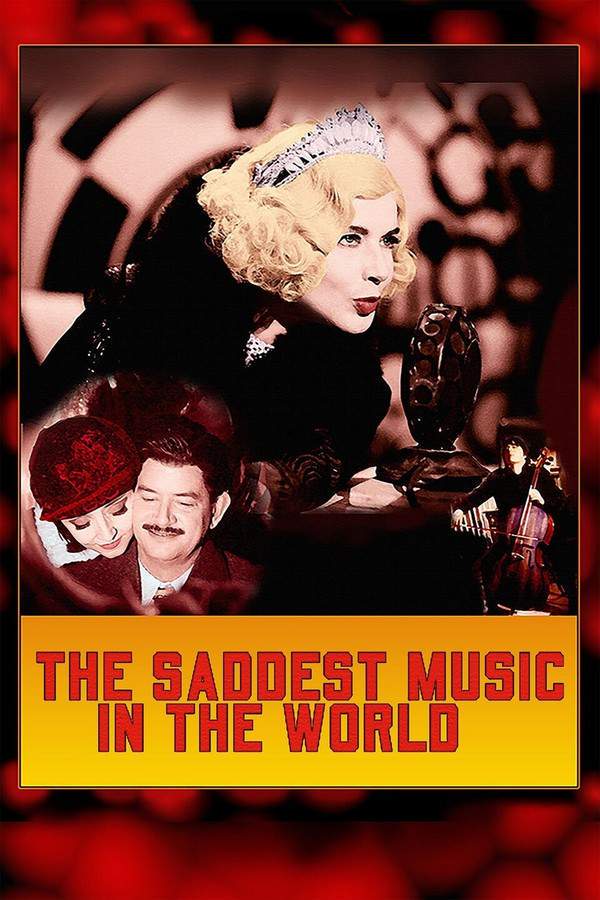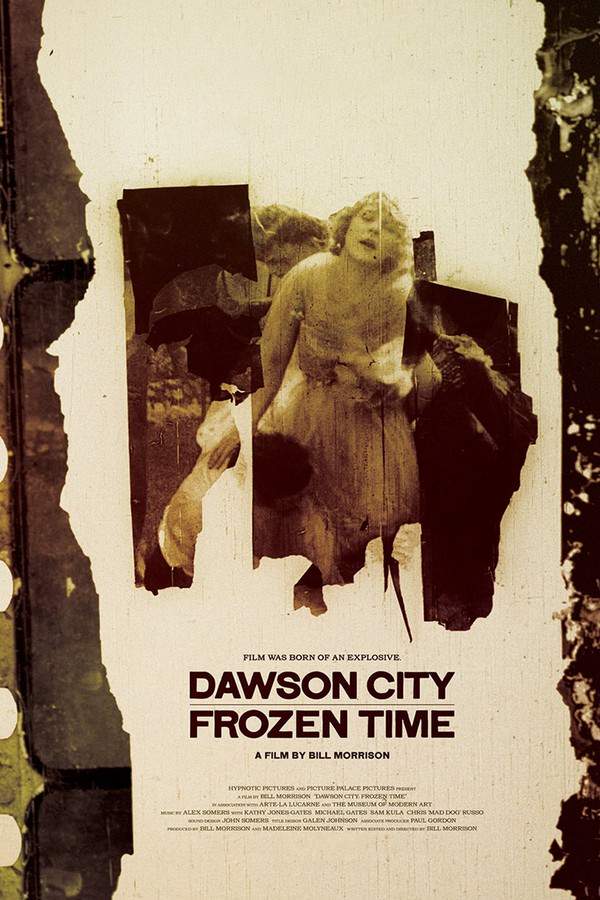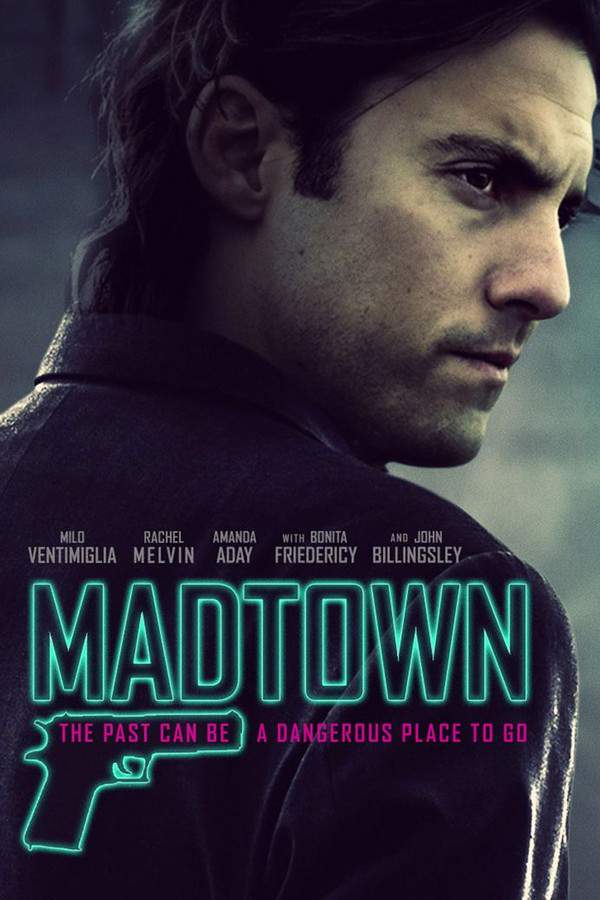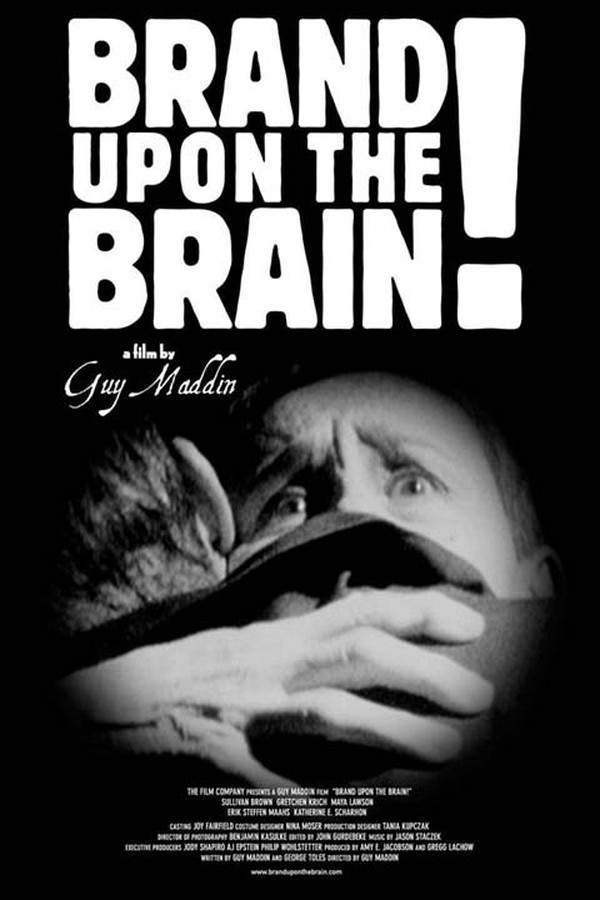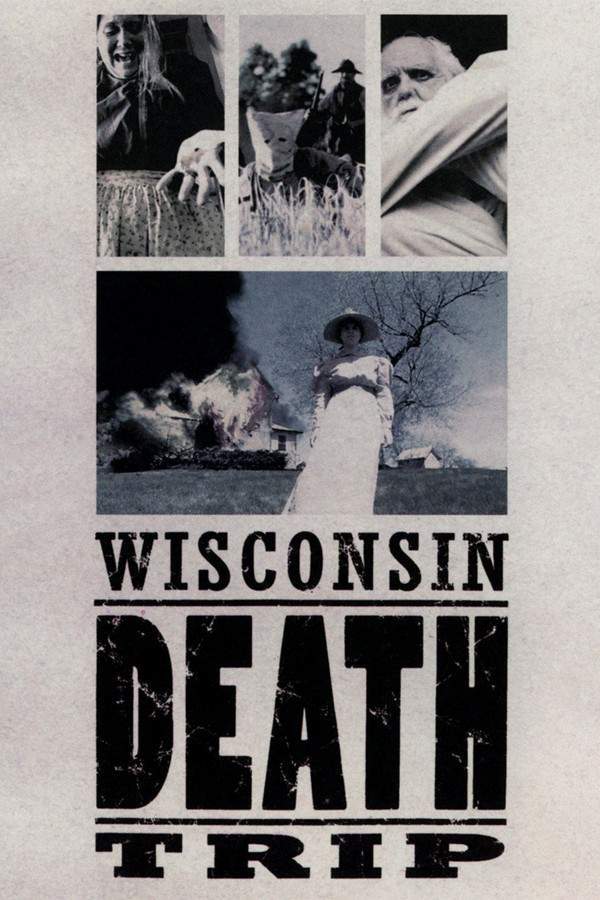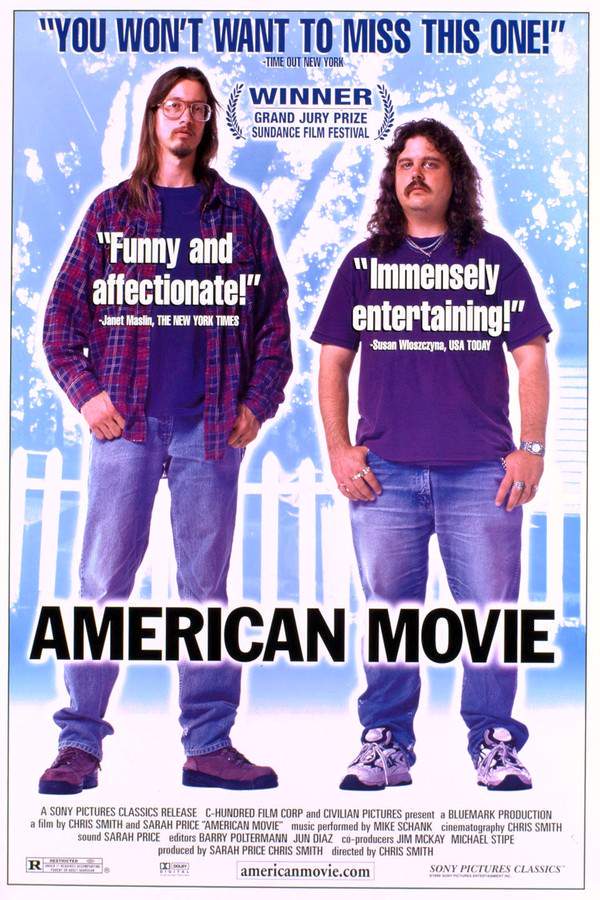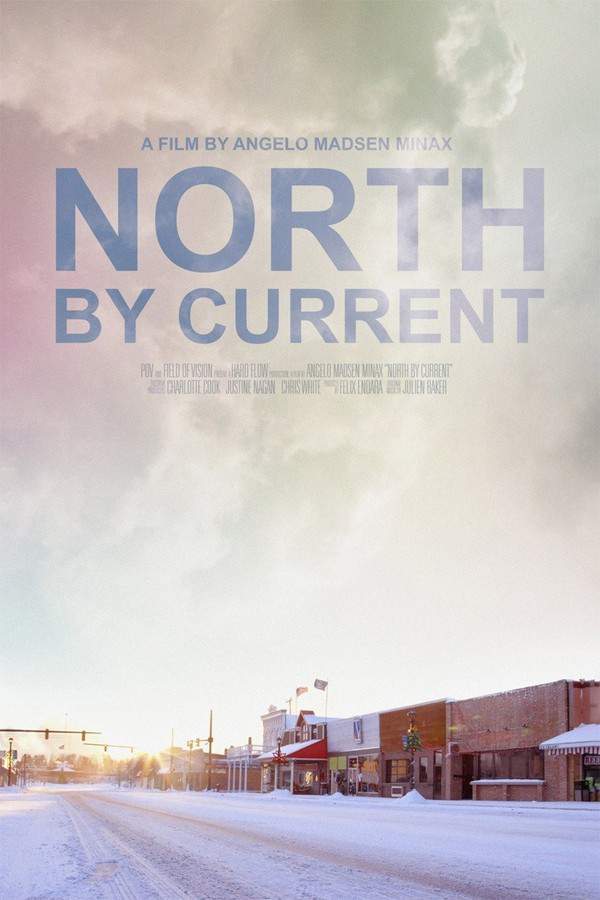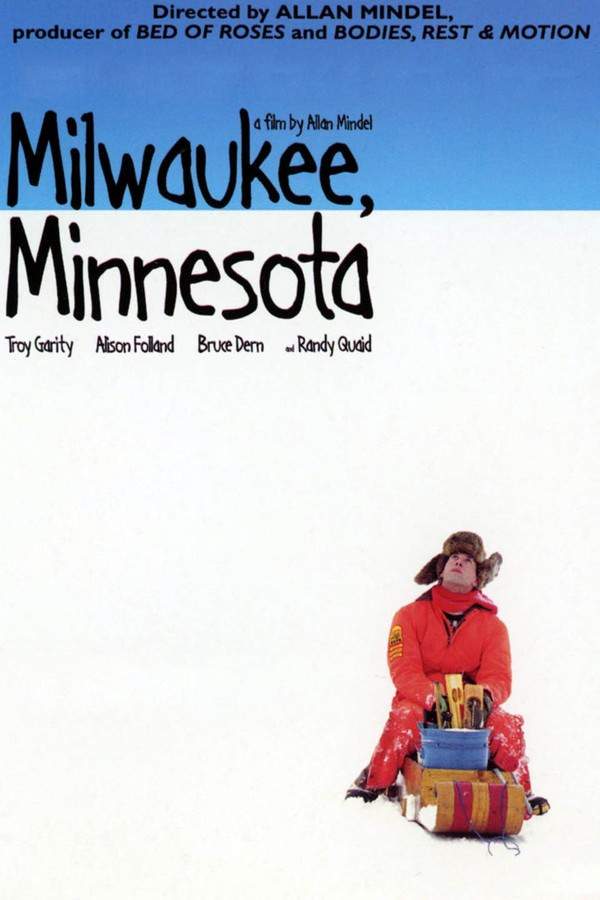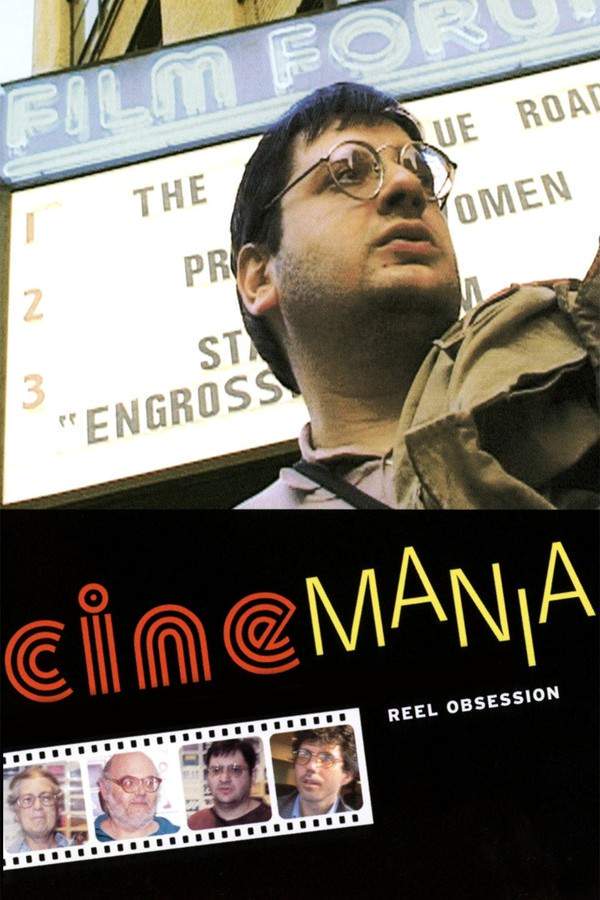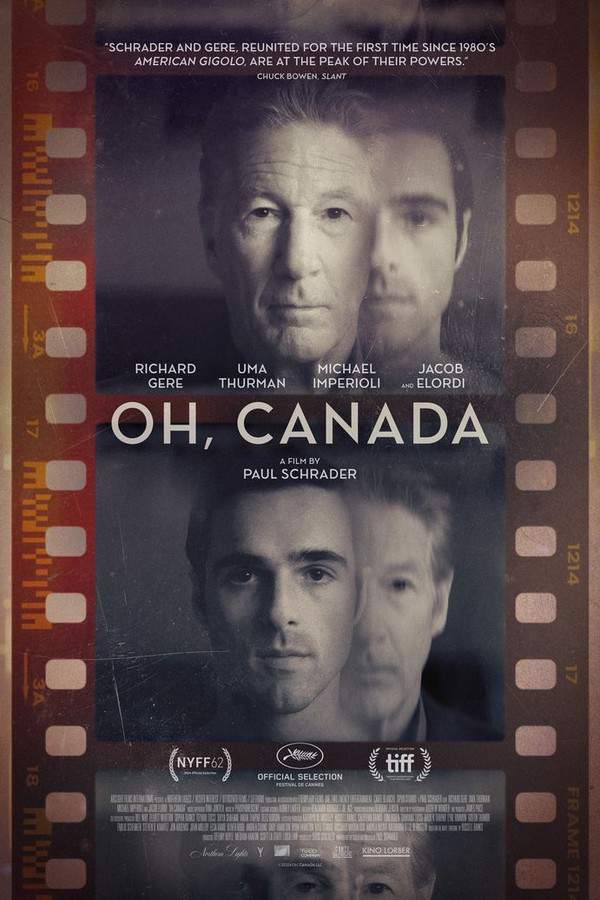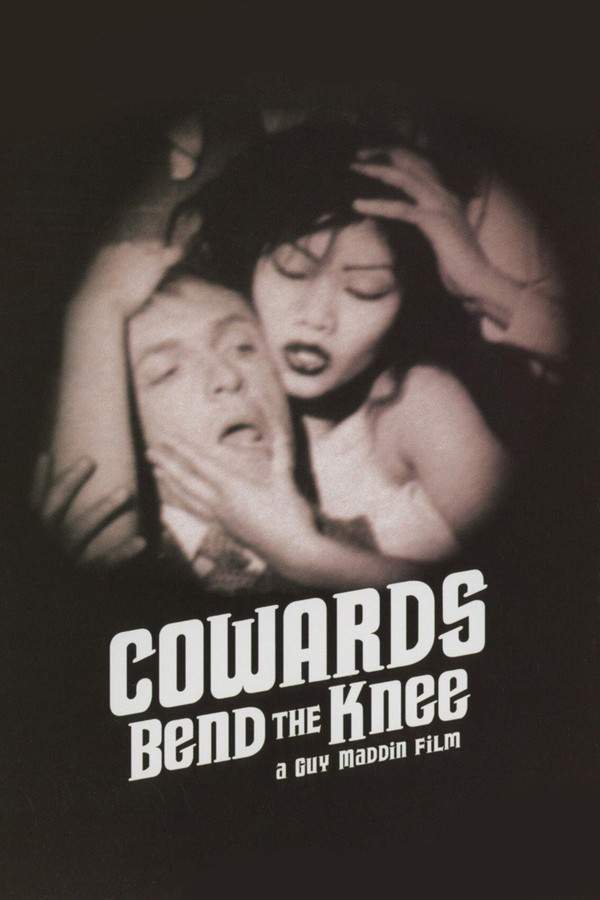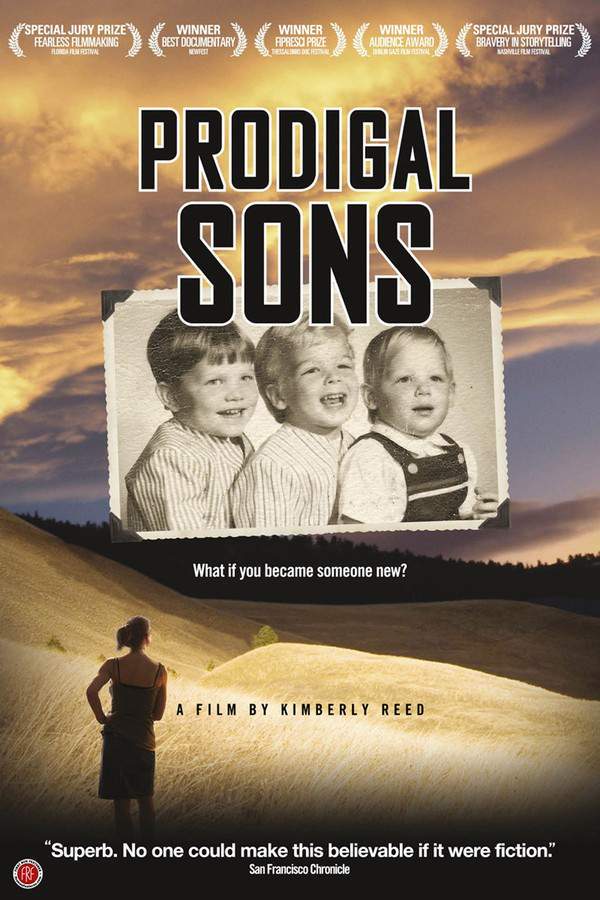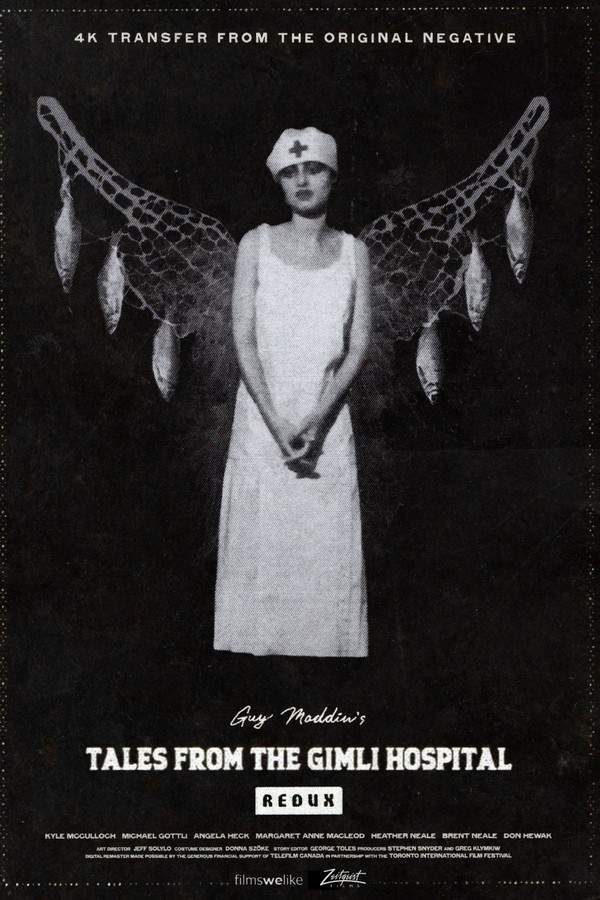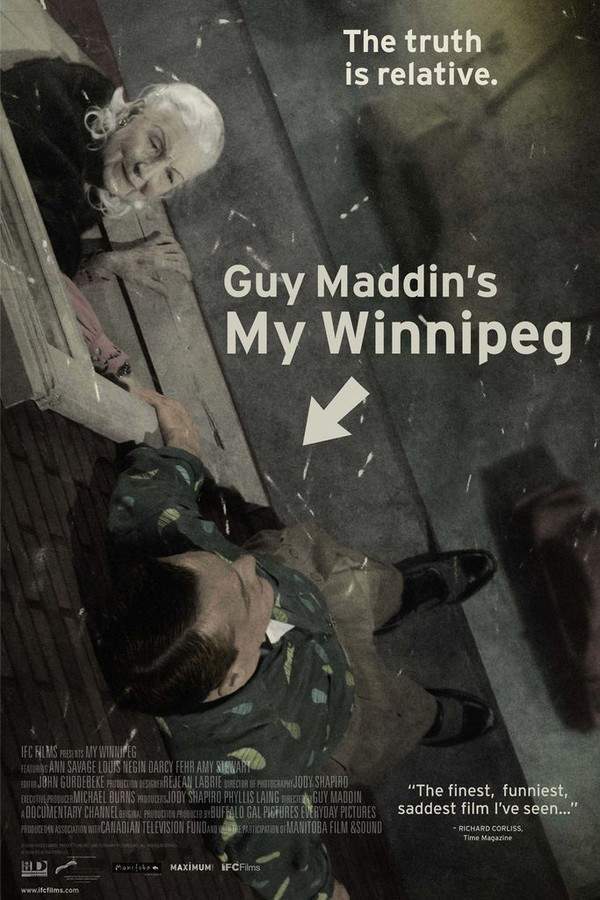
My Winnipeg
Year: 2008
Runtime: 80 min
Language: English
Director: Guy Maddin
This whimsical documentary offers a poignant tribute to Winnipeg, Guy Maddin’s childhood home. He blends factual accounts with fantastical narratives to explore the city’s history, mythology, and his own personal experiences. Featuring Ann Savage portraying his mother, the film delves into themes of nostalgia, identity, and longing through surreal visuals and metaphorical storytelling, revealing a candid and emotionally honest perspective.
Warning: spoilers below!
Haven’t seen My Winnipeg yet? This summary contains major spoilers. Bookmark the page, watch the movie, and come back for the full breakdown. If you're ready, scroll on and relive the story!
My Winnipeg (2008) – Full Plot Summary & Ending Explained
Read the complete plot breakdown of My Winnipeg (2008), including all key story events, major twists, and the ending explained in detail. Discover what really happened—and what it all means.
Although presented as a documentary, My Winnipeg intricately weaves fictional elements throughout its narrative, primarily focused on the experiences of the author-narrator-character Guy Maddin. Driven by a deep-seated desire to escape his hometown of Winnipeg, Maddin sets off on a quest through film to achieve this goal. Played by Darcy Fehr, Maddin is depicted in a groggy state as he awakens aboard a bumpy train. In a moment of contemplation, he wonders, > “What if?” What if he could break free from the languid existence he endures in Winnipeg? His resolution forms as he realizes that to escape, he must “film my way out,” thereby propelling the creation of this unique “docu-fantasia.”
Throughout the film, Maddin introduces viewers to Winnipeg, primarily noting its strategic location at the confluence of the Red and Assiniboine rivers, a site popularly referred to as “the Forks.” He draws a provocative comparison between this Y-like junction and a woman’s groin, linking it metaphorically to his mother. Maddin delves into the fascinating local lore regarding the existence of a hidden “Forks beneath the Forks,” which refers to an underground river system lying beneath the more visible waterways. This blend of aboveground and below creates an enchanting, almost mystical aura that imbues Winnipeg with an unmistakable magnetic and sexual energy. He also remarks on Winnipeg’s geographical significance as the heart of North America, thereby dubbing the secret rivers as “the Heart of the Heart” of both the continent and Canada.
Sharing what he describes as “facts” regarding Winnipeg’s history, Maddin recounts an amusing anecdote about the Canadian Pacific Railway’s sponsorship of an annual treasure hunt designed to explore the city’s nooks and crannies. He humorously notes that no resident could ever bring themselves to leave even after winning a one-way ticket out of town, having developed an intimate understanding of their city. He offers yet another tongue-in-cheek explanation for Winnipeggers’ reluctance to leave: the claim that Winnipeg is the world’s sleepwalking capital, with an astonishingly high rate of sleepwalkers. According to local by-laws, new tenants must allow sleepwalkers to return to their old homes during their nighttime wanderings carrying the keys to their past lives.
Maddin rents his childhood home located at 800 Ellice Avenue for a month, enlisting actors to portray his family members, including Ann Savage as his mother. This enables him to recreate treasured memories while excluding the roles of his father and himself. The “family” gathers around to watch a fictional television show titled LedgeMan, which follows a sensitive man who misinterprets situations, climbs out on a window ledge, and threatens to jump. In a parallel window, his mother encourages him not to give in. It’s noted that Maddin’s mother serves as the show’s star.
The narrative branches into the historical context of the 1919 Winnipeg General Strike, a pivotal event with global ramifications, before returning to family reenactments rife with intrigue—such as Mother’s suspicion surrounding Janet Maddin, who, after hitting a deer, is suspected of concealing an illicit affair. “Everything that happens in [Winnipeg] is a euphemism,” Maddin asserts, revealing the film’s underlying depth. The exploration of Winnipeg’s architecturally significant buildings, including the now-demolished Eaton’s and Winnipeg Arena, pulls viewers into an appreciation for the city’s legacy. At one poignant moment, Maddin humorously recounts being the last person to use the arena’s restroom before its demolition.
A somber recounting of a racetrack fire that led to horses perishing in the Red River lends a haunting atmosphere to the narrative, as ghostly horse heads allegedly emerge from the ice each winter. Iconic local spots like the Golden Boy statue, the Paddle Wheel restaurant, and the Manitoba Sports Hall of Fame also make surreal appearances throughout the film. The tale takes a bizarre turn with the account of If Day, when a fake Nazi invasion occurred during World War II to bolster war bond sales, alongside a whimsical stampede instigated by two gay bison.
As the story progresses, the sense of urgency grows for Maddin, who fears that his efforts to leave Winnipeg through these elaborate family reenactments are futile. In a crucial moment, he conjures the image of a “Citizen Girl,” a pinup inspired by the newsletter for the 1919 strike, which symbolizes his desire to break free from his circumstances. The culmination of his journey leads to a heart-wrenching reenactment involving his brother Cameron, whose real-life suicide forces Maddin to confront the complexities of familial relationships and emotions, allowing a bittersweet conclusion to his exploration of memory, loss, and the inescapable essence of his hometown.
Last Updated: November 16, 2024 at 17:27
Unlock the Full Story of My Winnipeg
Don't stop at just watching — explore My Winnipeg in full detail. From the complete plot summary and scene-by-scene timeline to character breakdowns, thematic analysis, and a deep dive into the ending — every page helps you truly understand what My Winnipeg is all about. Plus, discover what's next after the movie.
My Winnipeg Timeline
Track the full timeline of My Winnipeg with every major event arranged chronologically. Perfect for decoding non-linear storytelling, flashbacks, or parallel narratives with a clear scene-by-scene breakdown.

Characters, Settings & Themes in My Winnipeg
Discover the characters, locations, and core themes that shape My Winnipeg. Get insights into symbolic elements, setting significance, and deeper narrative meaning — ideal for thematic analysis and movie breakdowns.

Similar Movies to My Winnipeg
Discover movies like My Winnipeg that share similar genres, themes, and storytelling elements. Whether you’re drawn to the atmosphere, character arcs, or plot structure, these curated recommendations will help you explore more films you’ll love.
Explore More About Movie My Winnipeg
My Winnipeg (2008) Scene-by-Scene Movie Timeline
My Winnipeg (2008) Movie Characters, Themes & Settings
My Winnipeg (2008) Spoiler-Free Summary & Key Flow
Movies Like My Winnipeg – Similar Titles You’ll Enjoy
The Saddest Music in the World (2004) Story Summary & Characters
Dawson City: Frozen Time (2017) Complete Plot Breakdown
Madtown (2018) Film Overview & Timeline
Brand Upon the Brain! (2007) Plot Summary & Ending Explained
Wisconsin Death Trip (2001) Plot Summary & Ending Explained
American Movie (1999) Full Summary & Key Details
North by Current (2021) Full Movie Breakdown
Milwaukee, Minnesota (2005) Full Summary & Key Details
Cinemania (2003) Full Movie Breakdown
Oh, Canada (2024) Movie Recap & Themes
Cowards Bend the Knee or The Blue Hands (2004) Story Summary & Characters
Prodigal Sons (2010) Spoiler-Packed Plot Recap
Tales from the Gimli Hospital (1988) Full Summary & Key Details
A Photographic Memory (2024) Spoiler-Packed Plot Recap
Home Movie (2002) Movie Recap & Themes



